Gastronomy of Honduras is a culinary journey through a country’s history, culture, and geographical diversity. Nestled in Central America, Honduras boasts a rich culinary tradition deeply rooted in its indigenous heritage, Spanish colonization, African influences, and regional variety. From the iconic baleadas to the comforting sopa de caracol, Honduran food reflects the nation’s vibrant tapestry of flavours, ingredients, and culinary traditions. In this exploration of Honduran cuisine, we will delve into its historical roots, regional diversity, iconic dishes, street food culture, and the challenges and opportunities it faces.
Historical Roots:
Honduran cuisine has deep historical roots, starting with the indigenous peoples of the region. The Lenca, Miskito, and Garifuna peoples, among others, had their own culinary traditions, cultivating crops like maize (corn), beans, yams, and cassava. These indigenous ingredients continue to be fundamental to Honduran cuisine.
Spanish colonization in the 16th century introduced European ingredients like wheat, rice, and livestock, which blended with indigenous traditions to create a mestizo cuisine that characterizes much of Honduran cooking.
African influences arrived with the transatlantic slave trade, bringing spices, cooking techniques, and ingredients like coconut, okra, and plantains. These African influences are particularly prominent in the cuisine of the Garifuna people on the Caribbean coast.
Regional Diversity:
Honduras’ geographical diversity is a defining feature of its cuisine. The country can be divided into several culinary regions, each with its own unique ingredients and dishes. Some of the most notable culinary regions include:
- Honduran Highlands: This central region is known for its use of ingredients like beans, rice, and corn, as well as a variety of vegetables and fruits. Dishes like carneada (a meat stew) and nacatamales (a type of tamale) are popular.
- Caribbean Coast: The Garifuna and other ethnic groups on the Caribbean coast have a strong culinary identity. Their dishes often feature ingredients like coconut, plantains, and seafood. Hudut, a fish stew with coconut, and tapado, a coconut-based seafood stew, are highlights.
- Western Honduras: The western region features its own unique ingredients and dishes. Lempira cheese, derived from a local breed of cow, is used in various dishes, and pupusas (stuffed tortillas) are popular.
- La Mosquitia: The northeastern region is home to the Miskito people, who rely on the bounties of the sea. Dishes like rondón, a coconut-based seafood stew, are enjoyed here.
Iconic Dishes:
Honduran cuisine boasts an array of iconic dishes that are beloved both within the country and among international food enthusiasts. These dishes encapsulate the essence of Honduran food culture. Some of the most famous Honduran dishes include:
- Baleadas: These are one of Honduras’ most popular street foods, consisting of thick flour tortillas filled with refried beans, crumbled cheese, and a variety of optional ingredients such as cream, avocado, and eggs.
- Sopa de Caracol: This iconic Honduran soup features conch and a coconut milk-based broth, flavoured with achiote and other spices. It’s often garnished with lime and served with cassava.
- Nacatamales: Similar to tamales, nacatamales are made from masa (corn dough) filled with meat, vegetables, and other ingredients, then wrapped in banana leaves and steamed.
- Tajadas: A popular side dish, tajadas consists of thinly sliced and fried ripe plantains, often served with cream and crumbled cheese.
- Carneada: A hearty meat stew, carneada is a communal dish prepared during special occasions and gatherings, often featuring beef or pork simmered with vegetables and spices.
Street Food Culture:
Honduras’ street food culture is vibrant and offers a sensory-rich experience. From bustling markets to street corners, vendors offer a variety of delicious and affordable snacks and dishes. Street food is an integral part of Honduran life and often provides a glimpse into traditional, home-cooked meals.
A must-try street food in Honduras is the baleada, available in a range of variations with different fillings and toppings. You can also savour a pupusa, a thick tortilla stuffed with cheese and other ingredients, served with a cabbage and carrot slaw called curtido. In coastal areas, you may encounter vendors selling fried fish, seafood ceviche, and coconut desserts.
Challenges and Opportunities:
Honduran cuisine faces various challenges and opportunities. Sustainable farming practices, as well as the use of native ingredients and traditional cooking methods, are essential to preserving the country’s biodiversity and food security. Initiatives that support small-scale farmers and emphasize the importance of local sourcing can help ensure the continued vitality of Honduran cuisine.
Preservation of culinary knowledge and traditions is equally important. Modern lifestyles and the influence of fast food have led to a decline in traditional cooking methods and the importance of preserving traditional recipes and culinary techniques. Culinary education programs and cultural initiatives can contribute to preserving the authenticity of Honduran cuisine.
In conclusion, Honduran cuisine is a captivating journey through a country’s history, culture, and culinary traditions. From the cherished baleadas and sopa de caracol to the hearty carneada and tajadas, Honduran food is a celebration of culture, tradition, and the joy of savouring diverse flavours. Whether indulging in a baleada from a street vendor in Tegucigalpa or savouring a bowl of rondón on the Caribbean coast, the essence of Honduran culinary tradition is a testament to the country’s passion for food, culture, and the preservation of its unique culinary heritage.


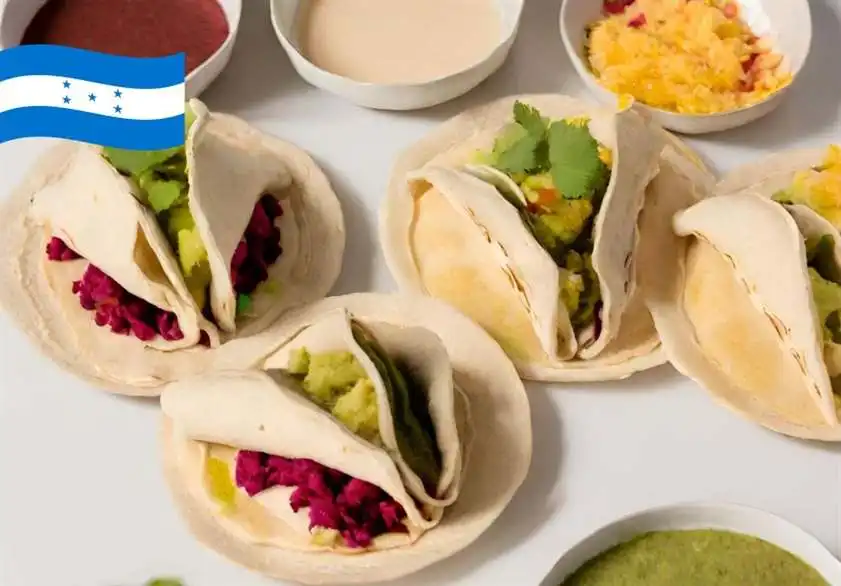
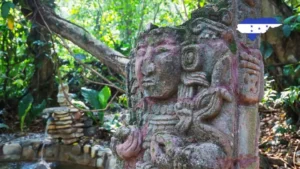

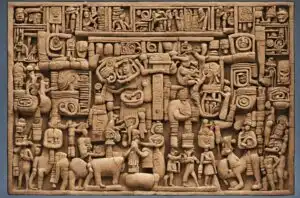
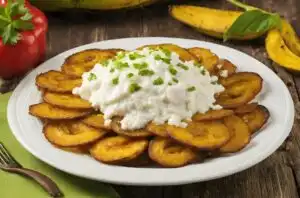
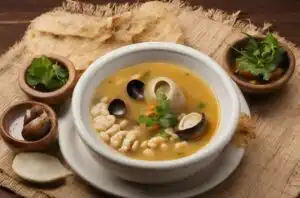
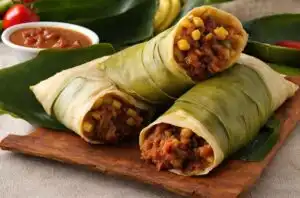
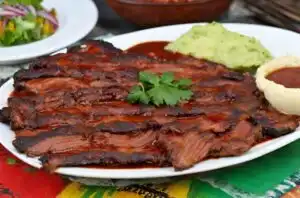
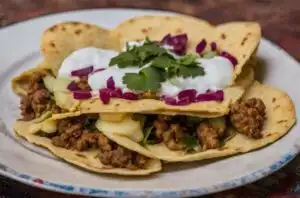



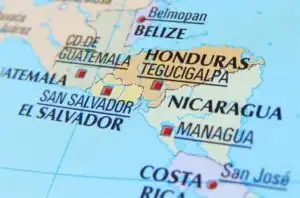
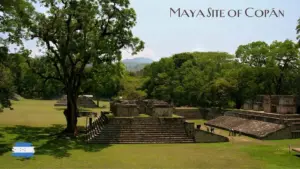
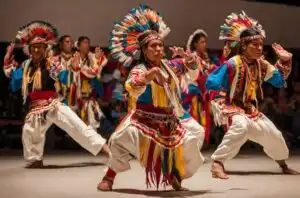

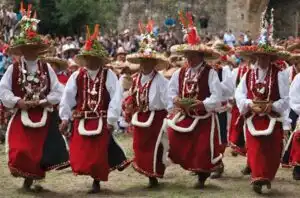
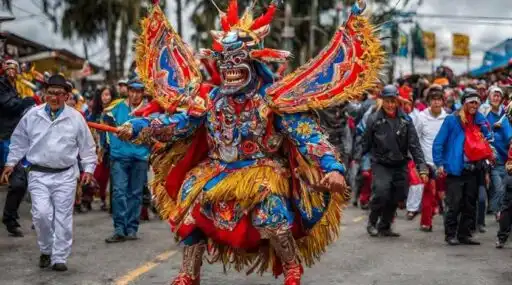

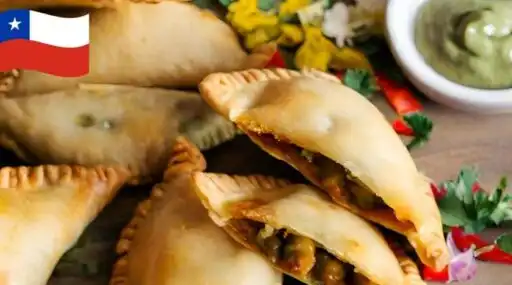

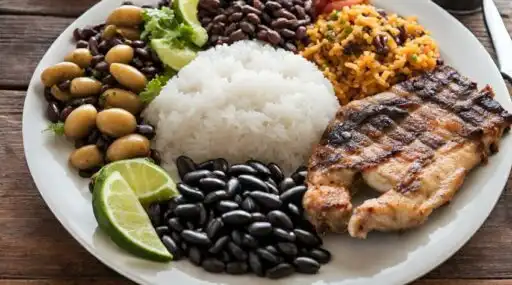


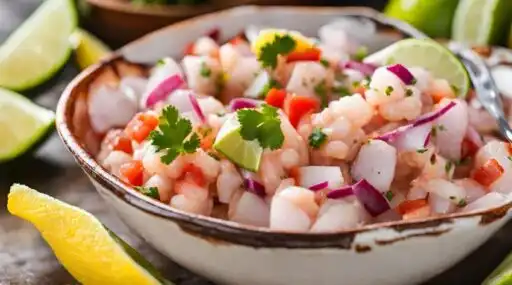

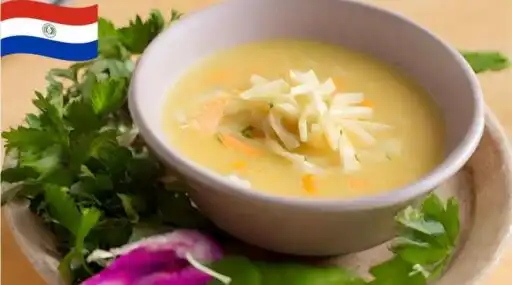
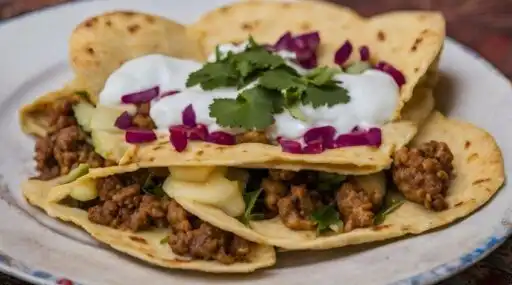
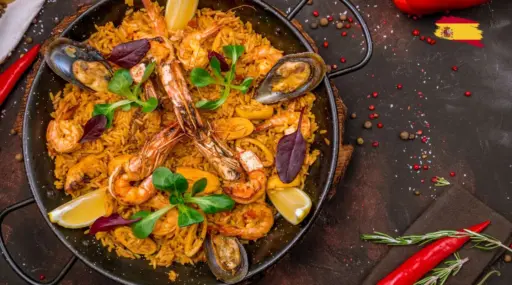
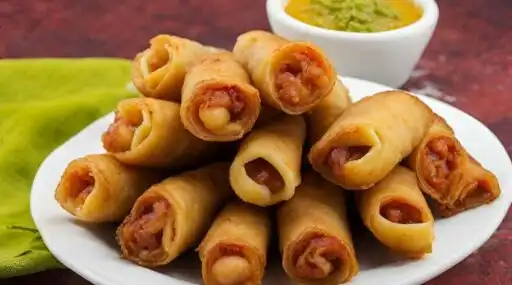



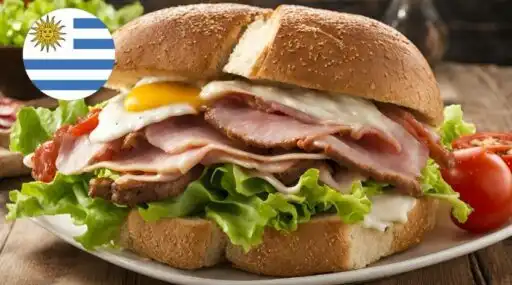


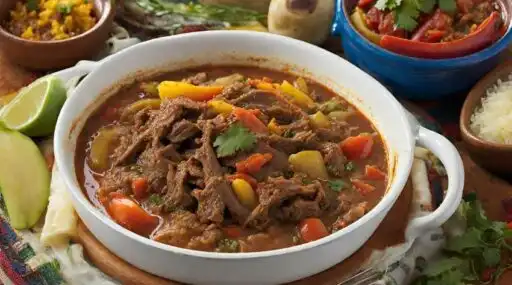

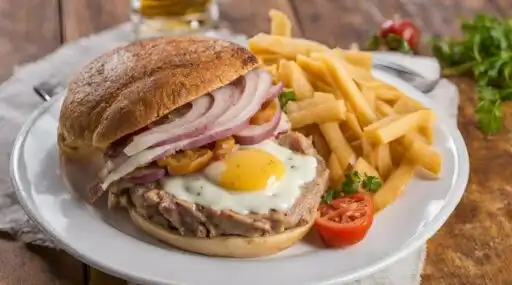



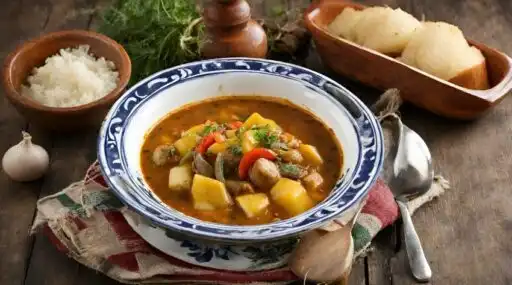


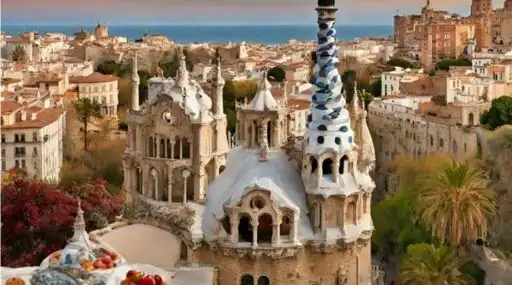

Leave a Reply